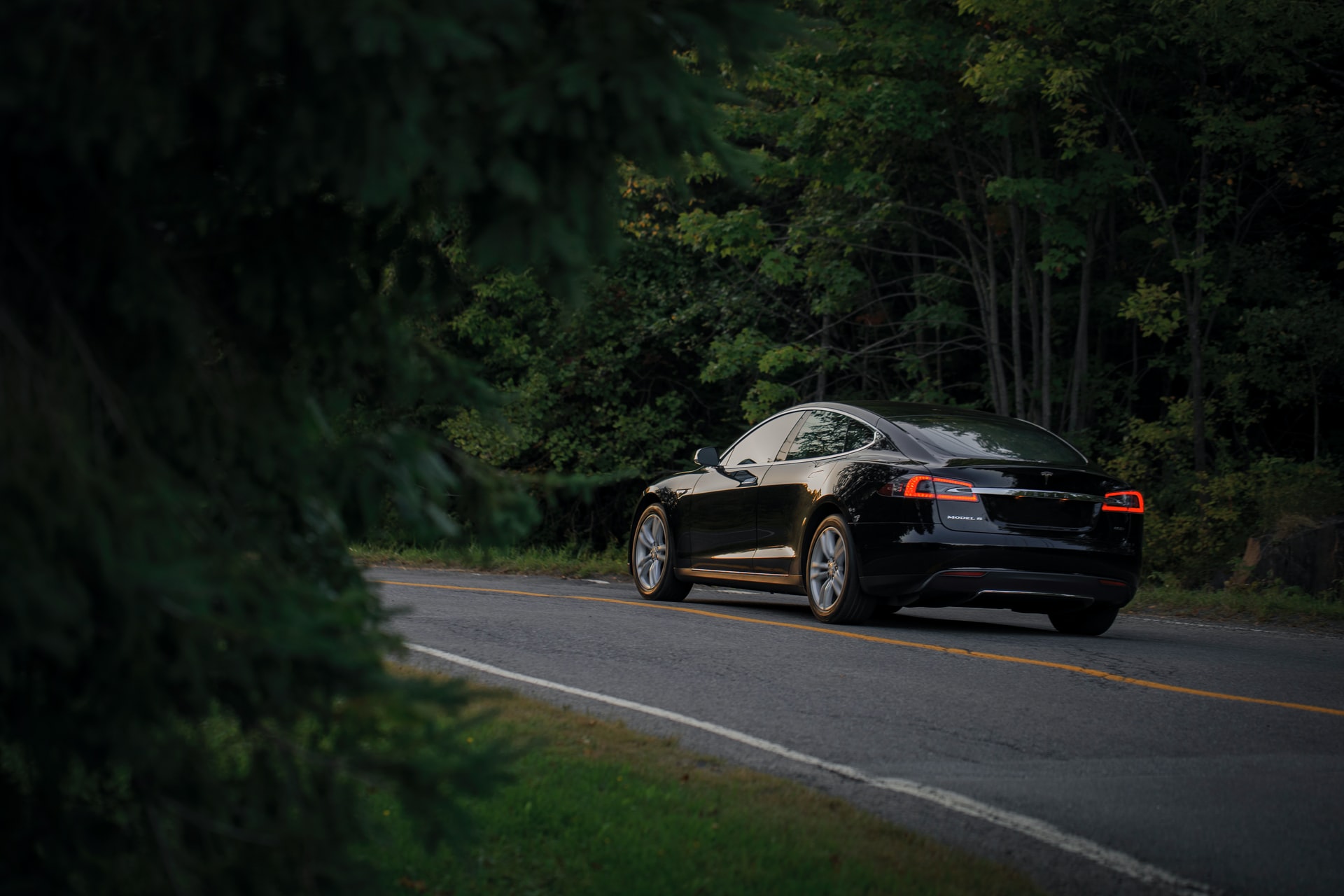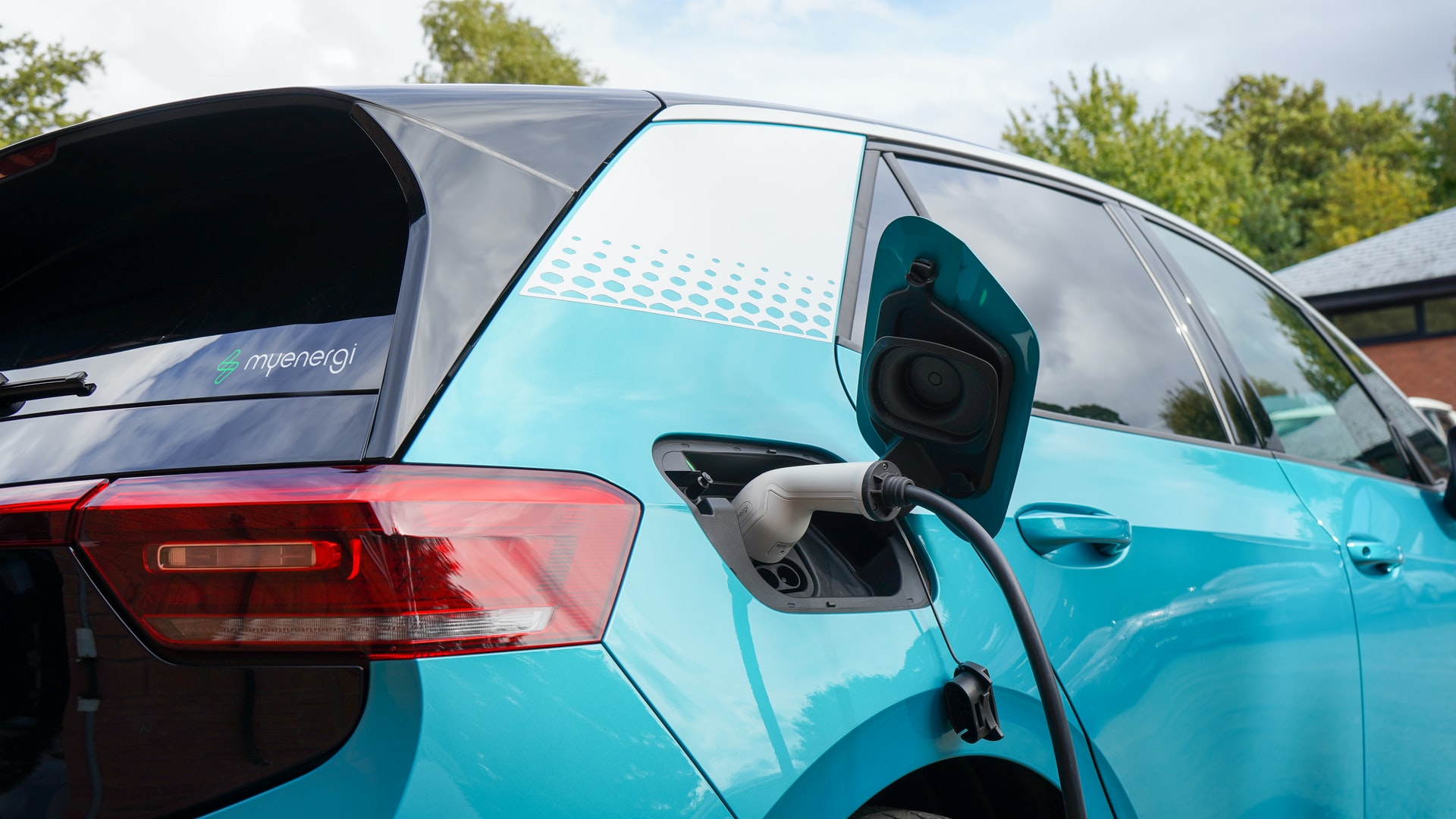Accelerating the transition to EVs
What can be done to encourage more people to take the plunge?
Stuart Urquhart, legal director in TLT’s clean energy team, shares his personal experiences of becoming an EV driver and his thoughts on the solutions to some of the challenges faced by those looking to make the switch.

The moment I decided to the take the plunge into the EV ownership pool – or perhaps more accurately, to dip a toe in the shallow end – came on a Friday in March 2019.
The day before I had to do a presentation to a roomful of people about legal issues to do with electric vehicle charging installation (EVCI) projects. I had decided there is only so much you can say, without quickly losing your audience, if you limit yourself to topics like the difference between leases and licences or the detail of obtaining new grid connections. So in an attempt to provide some wider context, I spent several happy hours in preparation for the session, indulging my own lifelong interest in car facts, looking at various bits of data relating to fuelled cars and electric cars. On the back of this, I felt I could confidently say to the attendees that, as a broad rule of thumb, you could expect an EV to have a lifetime carbon footprint that is around a third lower than an equivalent petrol/diesel model – and that this whole-life emissions gap between EVs and fuelled cars would likely only increase as electricity grids continue to de-carbonise with more and more renewable energy generation coming on stream.
If work for the Thursday presentation reinforced the cold rationale for switching to EVs, a lunchtime meeting the following day with an EVCI developer client provided some extra, more emotive support for making the switch. The talk over that lunch was very much about how great electric cars can be to drive and the kind of customer experience you could expect to enjoy when visiting one of their futuristic new charging sites.
Five days later my wife and I swapped the small petrol-fuelled car we used for local trips in and around Bristol for a second hand EV. And if you had asked me in the honeymoon period in the weeks after we first bought the EV whether we would also switch our larger, diesel car to electric in the not too distant future, I would have said, yes, very likely we would.
However, more than two years on, we are still just doing local journeys on lower carbon electric power, with most long journeys still being fuelled by diesel? Why? Primarily because we don’t have our own off-street parking and so don’t have any way of installing our own proper charge point at home.
Compared with someone who lives in a block of flats, say, we are lucky that we can at least string an extension cable from a plug socket in the hallway of our mid-terrace house, out over the pavement, and into our car when we are able to park it nearby. However, for various reasons – health and safety and slow charging speed amongst them – this is not an ideal solution.
As any EV user can, regardless of where they live, we can also visit a local rapid charge point to “fill-up” the car relatively quickly, at least to an 80% charge. However, this is also not ideal as a primary charging option, not least because rapid chargers will often be around twice as expensive, on a pence per kilowatt hour basis, as charging at home (and considerably more than twice as expensive compared to the cheapest, overnight home charging rates).
In short, our personal experience over the last couple of years points to a need for more to be done to enable people who lack their own off-street parking to have access to local charging options which are broadly comparable, in cost and convenience, to having their own home chargers. It’s therefore great to see that this is one of the main areas of focus for the Action Net Zero campaign that we at TLT are pleased to be supporting.
In particular, it would be great to see some further progress being made in and around Bristol over the next few months on several different solutions for prospective EV users who are concerned about a lack of home charging options. These are:




